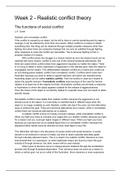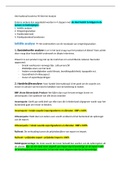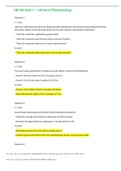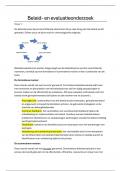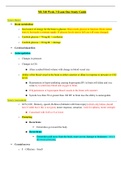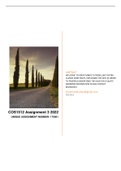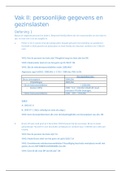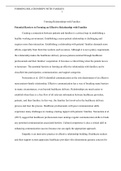Samenvatting
Summary Toetsklaar voor rejecting minorities
- Instelling
- Universiteit Utrecht (UU)
This document contains an overview I used to study for the final exam of Rejecting Minorities. It has all the lecture notes, seminar notes and some additional information from the texts we had to read.
[Meer zien]
